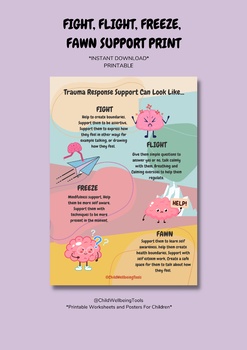
You might think of this orienting freeze as your initial response when you hear brakes squeal or a siren blaring, when you’re thinking, “Where’s this sound coming from, and am I in its path?” Orienting Freeze – This is the state a person might go into when they’re first faced with a threat and simply trying to detect it.

But here’s one way you might conceptualize them, according to Ruth Lanius, MD, PhD: Now these terms are often interpreted differently across experts in the field. Those terms describe several experiences that are similar to or related to freeze, each with their own nuance. Now in talking or reading about freeze, you may encounter a number of other terms – like tonic immobility, death feigning, and orienting phase, just to name a few. And so instead, she might go into freeze. But the physical abuse she experienced at the hand of her mother would also trigger a fight or flight defensive response in her.īecause these two systems – the attachment system and the defensive system – are at odds with each other, the child doesn’t know what to do. Īs a child, she would seek comfort and closeness from an attachment figure, like her mother. Take our client from earlier, for example.
Many times, we see freeze in response to childhood trauma. You see, if a person can’t flee or if fighting is ineffective, then they may go into a state of paralysis. While the survival strategies fight and flight are more well-known, the freeze response has become increasingly identified and worked with over the past several years. What’s going on with your client? Well, there’s a good chance she may have just gone into freeze.įreeze is one of several defense responses to trauma. And it’s subtle, but you notice her jaw clenching ever so subtly. With the room now silent, you can hear her breath is rapid and shallow.

She sits there motionless, her gaze averted and locked on a painting in the corner of your office. But then, you mention your client’s mother – the one who used to frequently hit your client when she was a young girl – and suddenly. You’re in a session with a client, and everything seems to be going smoothly. So, what can we do to work with the freeze response more skillfully in a session? The freeze response is complicated and nuanced – one small trigger can send a person into complete immobility.


 0 kommentar(er)
0 kommentar(er)
